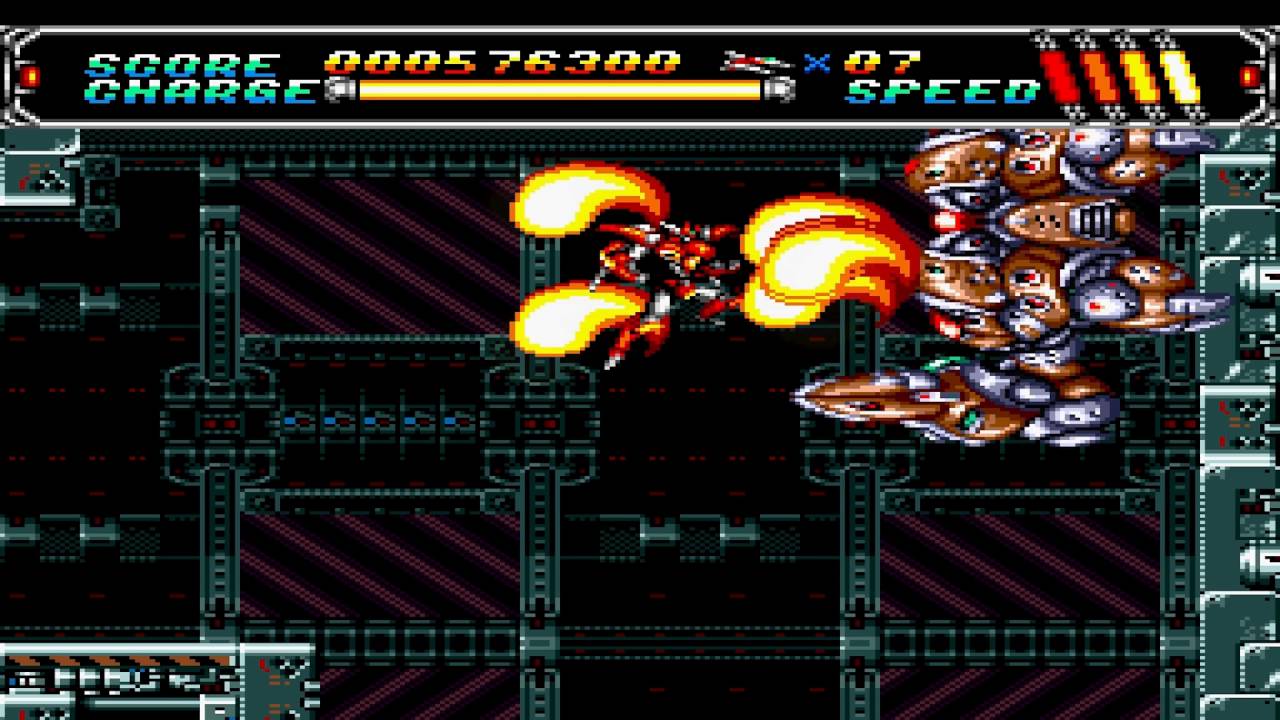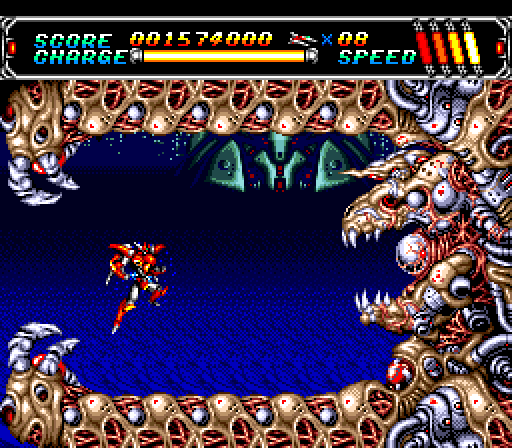


The Mega-CD sold approximately six million units worldwide before Sega discontinued it in 1999. Released in Japan in 1991, it allowed gamers to play CD-based games on the Mega Drive as well as audio CDs. The Mega Drive/Genesis also supported a number of add-on components, including the Mega-CD, known in the US as the Sega CD. Mega Drive games also received re-release as part of collector's editions for the Sony PS2 and PSP, and other systems, as well as being available for download on the Nintendo Wii Virtual Console. Games continued to be released internationally as recently as 2002. The first successful 16-bit system, the Mega Drive's 14-year lifespan places it second only to the Nintendo Game Boy. With seven distinct versions the Mega Drive has the largest number of licensed versions of any console. For faster navigation, this Iframe is preloading the Wikiwand page for Android Assault: The Revenge of Bari-Arm.

The Genesis could do things that the NES simply couldn't. Android Assault: The Revenge of Bari-Arm, released in Japan as Bari-arm, is a 1993 shoot em up video game developed and published by Human Entertainment for the Sega CD. Sega also focused attention on its better graphics, speed, and sound, especially after the release of Sonic. These efforts were often successful, as Sega marketed the Genesis as hip, cool, and edgy. In addition to porting over popular coin-op games, Sega executives worked hard to lure developers away from Nintendo. Dubbed the Genesis, this version was developed with the American market and consumer in mind. A year later, Sega released the Mega Drive in the United States. Released in 1988, the Sega Mega Drive heralded the coming of the 16-bit era and inaugurated the Console Wars of the 1990s.


 0 kommentar(er)
0 kommentar(er)
